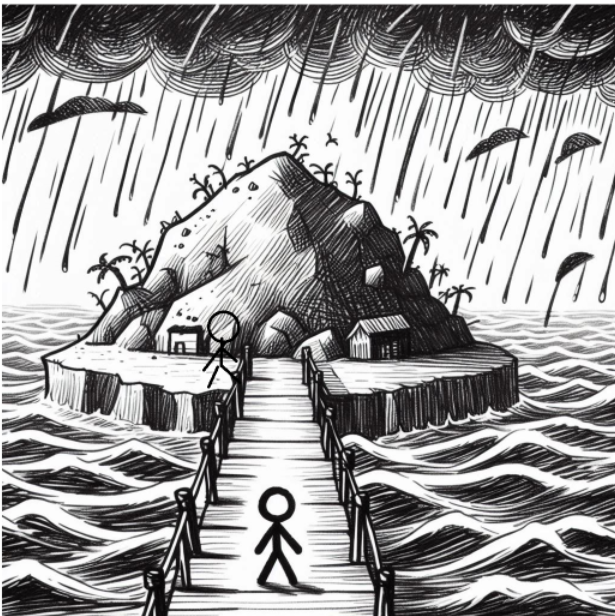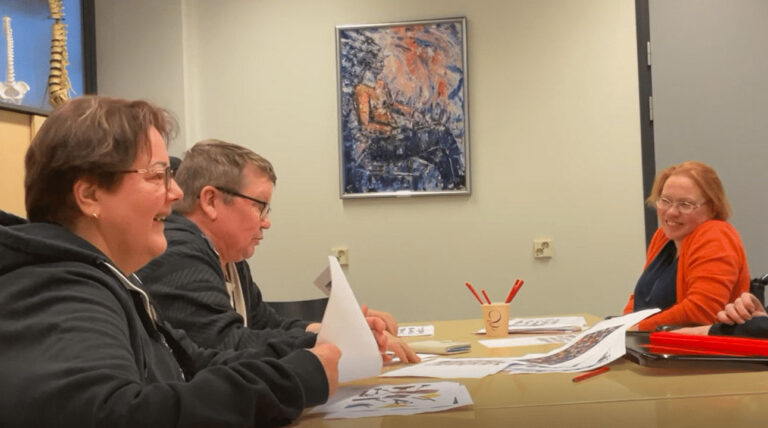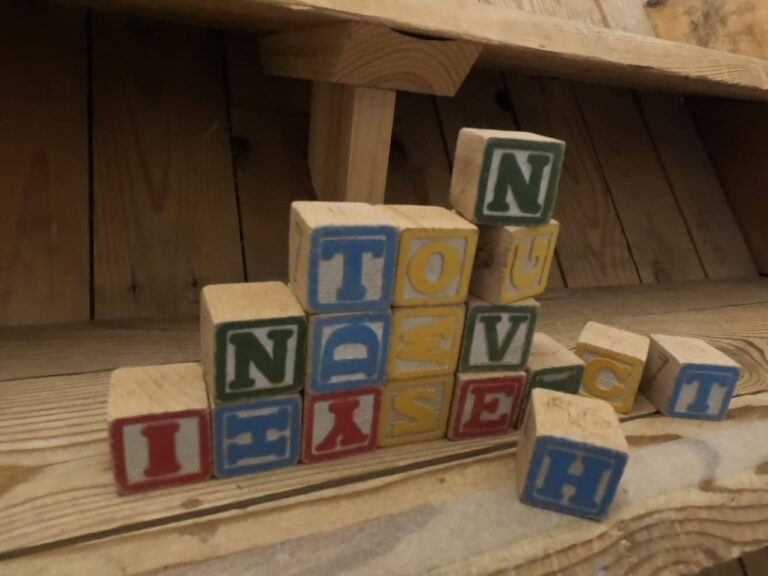Approximately one in three people in Finland have a stroke during their lifetime.
The spring of 2020, each of us, both in Finland and around the world, has got COVID-19 STROKE!
You can listen this text from below:
After an actual stroke the challenges of communication and conversation are often significant, but remain more invisible than the visible, physical consequences of brain damage. These challenges are also difficult to explain to individuals who have not experienced them themselves.
This spring 2020 each of us has had to experience the effects of COVID-19 stroke.
The challenges that result from social distancing and online living are very similar to those of actual stroke.
So now we all have some idea of what kind of challenges a person who has actual stroke have to experience.
Where did it all start?
One could say that I was a very functional adult, speech therapist. I had different speech therapy methods and practices. In everyday life I loved traveling, and I had also traveled literally around the world. The idea of online therapy had come to mind, but I felt that the distance could not in the same way achieve the superpower of the interaction, which I considered an important goal of speech therapy. I hadn’t even tried online therapy, mostly because I hadn’t had to.
In the same way that any functional adult is living his life doing a variety of things at work and in everyday life. In addition to speech, a person often uses a lot of other tools of communication, such as gestures and expressions. Basically, we rely on our communication for speech and don’t think so much about other ways of communicating. Mainly because we don’t have to.
In March the COVID-19 epidemic hit Finland suddenly, just like a stroke. I knew the virus existed, I had news information on how it was transmitted and what restrictions might potentially slow its spread. Just as many people have heard of a stroke, they have some idea of what it means and possibly how ones lifestyles can reduce the risk of getting it.
In an instant everything changed
COVID-19 stroke completely paralyzed me as active person. Suddenly, I couldn’t live like I used to, work like I used to, or meet other people like I used to. For a moment I was not even allowed to travel from the Helsinki metropolitan area to other cities in Finland.
Similarly, a person who has a stroke suddenly experiences falling down. The circle of life shrinks and social contacts are reduced. You can’t even go shopping to your local market.
COVID-19 stroke momentarily weakened my ability to act because I hadn’t had to act in a strictly limited way before. The actual stroke does the same:It momentarily impairs a person’s ability to function and communicate because brain damage has brought limitations.
We are also not used to working with or communicating with these limitations. These communication challenges posed by limitations are called aphasia.
After recovering a bit from the acute shock, the person either takes action or gives up.
Where would I start? On easy, concrete issues.
In a COVID-19 situation, it meant for me as a speech therapist the introduction of online conferencing platforms. Forced to start online therapy. Although it is not the same thing as face-to-face speech therapy, we must try to do something.
After a stroke, a person’s concrete issues are often related to moving and eating. After that comes often the question “will the speech come back”. If there is no speech, other means of communication must be used. The content is not as accurate as the speech, but with the right means we can express ourselves in an understandable way.
Living and working online has felt to me like it all started from the beginning.
The online communication is narrow and short. I am happy when I get the connection to work with someone or get any little thing done online. Many people who have had a stroke experience that their communication possibilities are minimal. Communication is slow, short and poor in content.
A person is happy if he contacts with another. Whether it’s just making eye contact or waving a hand as a sign of greeting. As an adult, however, I want more than short successes. I need depth and content in communication though it must happen in a different way than before.
It’s been two months since I had a COVID-19 stroke. I have no control over my own life. I have to work in a new way otherwise I couldn’t work at all.
Even after a stroke the person is confused.
The challenges seem enormous. You hear so much information that you do not want to hear it anymore. The person is very tired. Brain activity is in chaos. Life is out of control.
During the second month, I noticed that my rehabilitation after a COVID-19 stroke has progressed. I learn every day in different situations, in different ways and with different tools the art of online living.
Immediately after the COVID-19 stroke I wanted to find support. I found other speech therapists who also tried to implement online speech therapy for adults in a changed situation. We meet once a month online of course. We exchange ideas, materials and challenges and, of course, successes. It’s good to know that you’re not alone with the challenges.
However, I’ve noticed that I can not only imitate others. I will not become skill full with online living by following the online living manual closely. Hardly one even exists. I also understand that no matter how I practice, I may never get 100% master of online living.
Similarly, those who have had a stroke gradually find that rehabilitation is progressing. Different communication situations come up every day in different ways and with different people. The goal of speech therapy in a changed situation is to encourage the person and to bring out other ways to communicate that he can use.
(Read more of speeachtherapy for adults https://intonaattorit.fi/speech-therapy-in-english-for-adults/)
It is also important to strengthen a person’s perception of her / himself.
He is still a capable adult person who can and will express himself in a variety of ways. The communication skills are the same as what the person has had before. But in the absence of speech they must be used in a different way.
The training and use of these is also really slow because of a stroke. Rehabilitation is significantly promoted if a person seeks support from the beginning : other people or even a group. Even just to know you’re not alone.
However, bad things always have their positive sides as well. These too are amazingly consistent in both COVID-19 stroke and a actual stroke.
I survived! I may get it later on, but I survived this drop, and I’m back on my feet. After a stroke the first positive feeling, both for the person and those close to them, is usually: I stayed alive! My life is slower. Everyone knows that things that used to go fast now take more time. I am given time to learn new skills.
The life of a person who has had a stroke is also slow.
The environment allows time to formulate an expression which supports a person’s desire to strive to communicate with themselves. It is also understood that time must be given to practice new things.
Family togetherness has increased.
I also noticed that I am more motivated to practice online living if it is for a child’s birthday party online or work online meeting. Similarly,a family that has faced a stroke often intensifies being together or at least the person who was at work before is now at home.
In speech therapy the use of a person’s everyday situations, content, or means used in everyday life significantly increases motivation to practice. In online therapy the best example of this is the use of a mobile phone. It is often difficult for a person to talk on the phone, but with a video call, he can use gestures and expressions in addition to speech.
It is often difficult for him to write a message, but he can express himself with emoji, send pictures or drawings. It is often difficult for a stroke person to express themselves in a group, but on the phone he can fluently comment on group messages. Using the phone streamlines the implementation of therapy online.
It is therefore used more than usual, which makes its use outside of therapy also smoother and faster.
One more thing is certain for myself: I am not ready!
I’m going to keep practicing online living as long as I feel like I’m developing. I find myself in new situations every day that I couldn’t anticipate and where I still can’t act. I do not know yet where my 100% mastering online living is, but I’ve reached the former selves 100% a long time ago.
Should I have stopped training then?
I also hope that with our COVID -19 stroke experience we now have a little better understanding of the challenges and limitations that many people around the world have lived with for a much longer time that we have. In speech therapy, all individuals should have an individual goal. And this goal should always be moved forward. As long as the person himself is enthusiastic, rehabilitation progresses and everyday life becomes smoother, it should be continued.
Would it not?
I wanted to write about the challenges a person actually experiences after stroke, not the challenges the environment thinks he is experiencing. That is why the text related to stroke was written based on the real challenges of my speech therapy client, who had a stroke approximately three years ago. The content has been reviewed and corrected with him to make them authentic. However, the person emphasizes that everyone’s challenges are individual.
And one more thing: he is not yet ready either!





